1. Sonate pour violoncelle et piano, Op. 27: I. Poco lento – Allegro moderato
Composer: Louis Vierne
Artist(s): Armance Quéro, Joseph Birnbaum
2. Sonate pour violoncelle et piano, Op. 27: II. Molto largamente
Composer: Louis Vierne
Artist(s): Armance Quéro, Joseph Birnbaum
3. Sonate pour violoncelle et piano, Op. 27: III. Risoluto – Allegro molto
Composer: Louis Vierne
Artist(s): Armance Quéro, Joseph Birnbaum
4. Trois pièces, Op. 21: I. Moderato
Composer: Charles-Marie Widor
Artist(s): Armance Quéro, Joseph Birnbaum
5. Trois pièces, Op. 21: II. Vivace appassionato
Composer: Charles-Marie Widor
Artist(s): Armance Quéro, Joseph Birnbaum
6. Trois pièces, Op. 21: III. Andante
Composer: Charles-Marie Widor
Artist(s): Armance Quéro, Joseph Birnbaum
7. Sonate pour violoncelle et piano, L.135: I. Prologue: Lent, sostenuto e molto risoluto
Composer: Claude Debussy
Artist(s): Armance Quéro, Joseph Birnbaum
8. Sonate pour violoncelle et piano, L.135: II. Sérénade: Modérément animé
Composer: Claude Debussy
Artist(s): Armance Quéro, Joseph Birnbaum
9. Sonate pour violoncelle et piano, L.135: III. Finale: Animé, léger et nerveux
Composer: Claude Debussy
Artist(s): Armance Quéro, Joseph Birnbaum
10. Nocturne
Composer: Thierry Escaich
Artist(s): Armance Quéro, Joseph Birnbaum

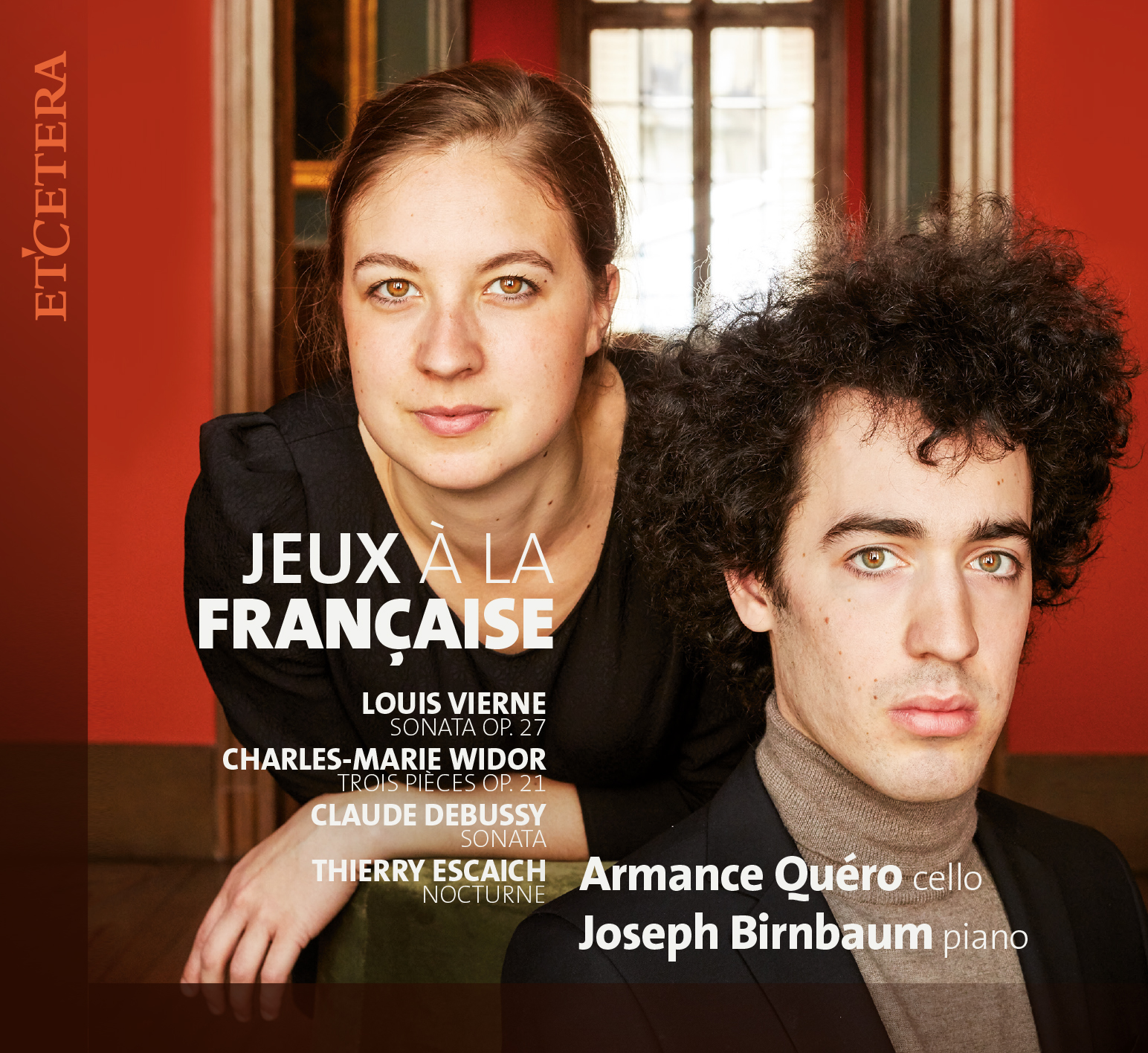
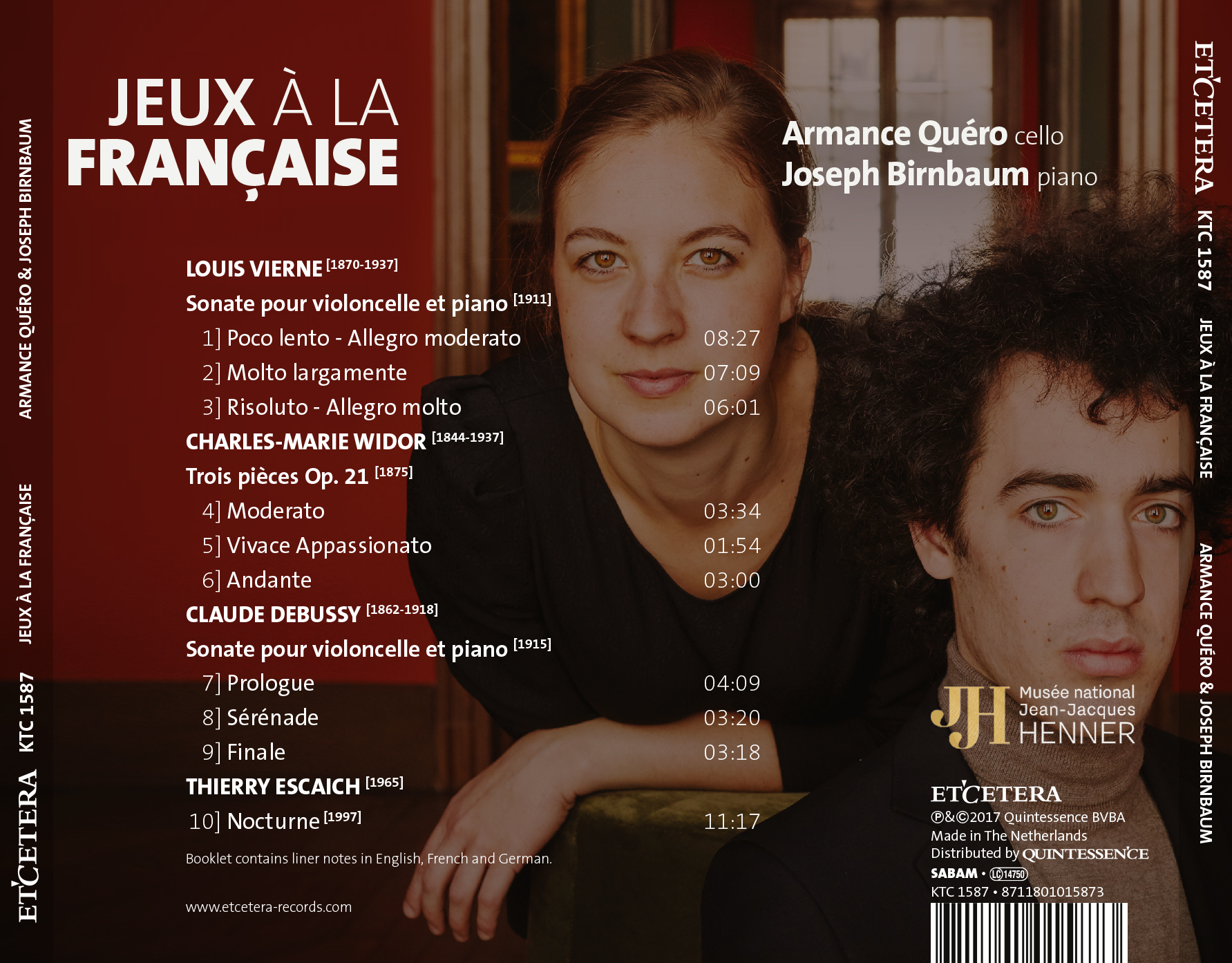

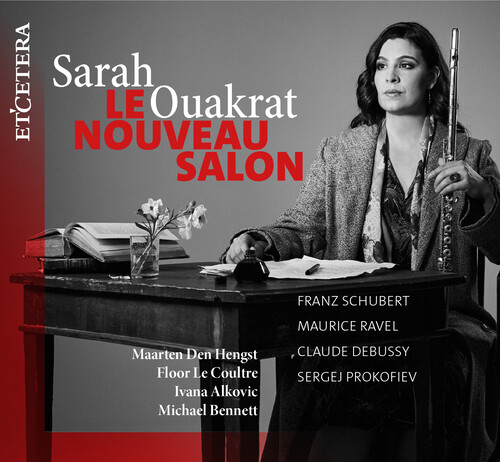
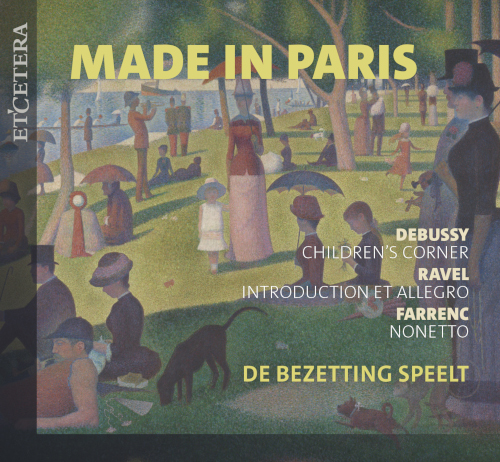

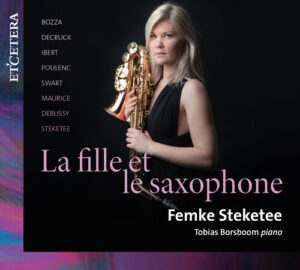
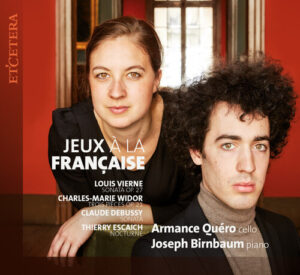
Reviews
There are no reviews yet.